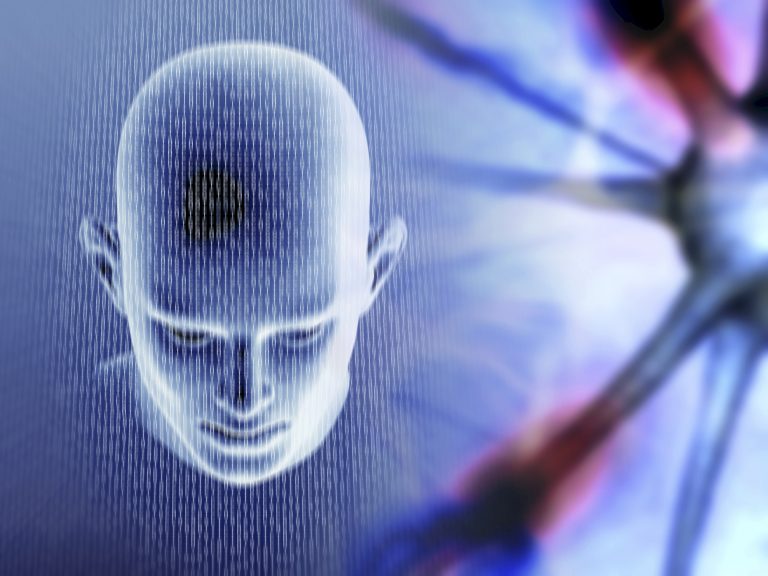
The early and accurate diagnosis of neurodegenerative diseases such as Alzheimer’s is critical to providing quality care to afflicted individuals. Yet, with one of the largest populations of individuals aging into the high-risk years for Alzheimer’s, improved diagnostic tools are imperative. In recent years, scientists and clinicians have focused their attention toward machine-learning artificial intelligence (AI) tools to help them diagnose Alzheimer’s risk and onset. Now, a team of investigators at Boston University School of Medicine (BUSM) may have developed just such an algorithm.
“Alzheimer’s disease is the primary cause of dementia worldwide, with an increasing morbidity burden that may outstrip diagnosis and management capacity as the population ages,” the authors of the newly published research wrote. “Current methods integrate patient history, neuropsychological testing and MRI to identify likely cases, yet effective practices remain variably applied and lacking in sensitivity and specificity.”
The BUSM researchers developed a computer algorithm based on AI that can accurately predict the risk for and diagnose Alzheimer’s disease using a combination of brain MRI, testing to measure cognitive impairment, along with data on age and gender. Findings from the new study were published recently in Brain through an article titled, “Development and validation of an interpretable deep learning framework for Alzheimer’s disease classification.”
The AI strategy, based on a deep learning algorithm, is a type of machine learning framework. Machine learning is an AI application that enables a computer to learn from data and improve from experience. Alzheimer’s disease is the primary cause of dementia worldwide. One in 10 people age 65 and older has Alzheimer’s dementia. It is the sixth-leading cause of death in the United States.
“If computers can accurately detect debilitating conditions such as Alzheimer’s disease using readily available data such as a brain MRI scan, then such technologies have a wide-reaching potential, especially in resource-limited settings,” explained senior study investigator Vijaya Kolachalama, PhD, assistant professor of medicine at BUSM. “Not only can we accurately predict the risk of Alzheimer’s disease, but this algorithm can generate interpretable and intuitive visualizations of individual Alzheimer’s disease risk en route to an accurate diagnosis.”
For the current study, the researchers obtained access to raw MRI scans of the brain, demographics, and clinical information of individuals with Alzheimer’s disease and the ones with normal cognition from four different national cohorts. Using data from one of these cohorts, they developed a novel deep learning model to predict Alzheimer’s disease risk. They then showed that their model could accurately predict the disease status on the other independent cohorts.
“We report an interpretable deep learning strategy that delineates unique Alzheimer’s disease signatures from multimodal inputs of MRI, age, gender, and Mini-Mental State Examination score,” the authors wrote. “Our framework linked a fully convolutional network, which constructs high-resolution maps of disease probability from local brain structure to a multilayer perceptron and generates precise, intuitive visualization of individual Alzheimer’s disease risk en route to accurate diagnosis. The model was trained using clinically diagnosed Alzheimer’s disease and cognitively normal subjects from the Alzheimer’s Disease Neuroimaging Initiative (ADNI) dataset (n = 417) and validated on three independent cohorts: the Australian Imaging, Biomarker and Lifestyle Flagship Study of Ageing (AIBL; n = 382), the Framingham Heart Study (n = 102), and the National Alzheimer’s Coordinating Center (NACC; n = 582). Performance of the model that used the multimodal inputs was consistent across datasets, with a mean area under curve values of 0.996, 0.974, 0.876, and 0.954 for the ADNI study, AIBL, Framingham Heart Study, and NACC datasets, respectively.”
An international team of expert neurologists was then asked to perform the task of detecting Alzheimer’s disease on the same set of cases. In this head-to-head comparison, the algorithm model performed slightly better than the average neurologist. They also showed that model-identified regions of high disease risk were highly aligned with autopsy reports of the brains on a few individuals who were deceased.
The research team was optimistic about the results of this study and noted that it has broad implications for expanding the use of neuroimaging data such as MRI scans to accurately detect the risk of Alzheimer’s disease at the point of care.
“If we have accurate tools to predict the risk of Alzheimer’s disease (such as the one we developed), that are readily available and which can use routinely available data such as a brain MRI scan, then they have the potential to assist clinical practice, especially in memory clinics,” the authors concluded.













